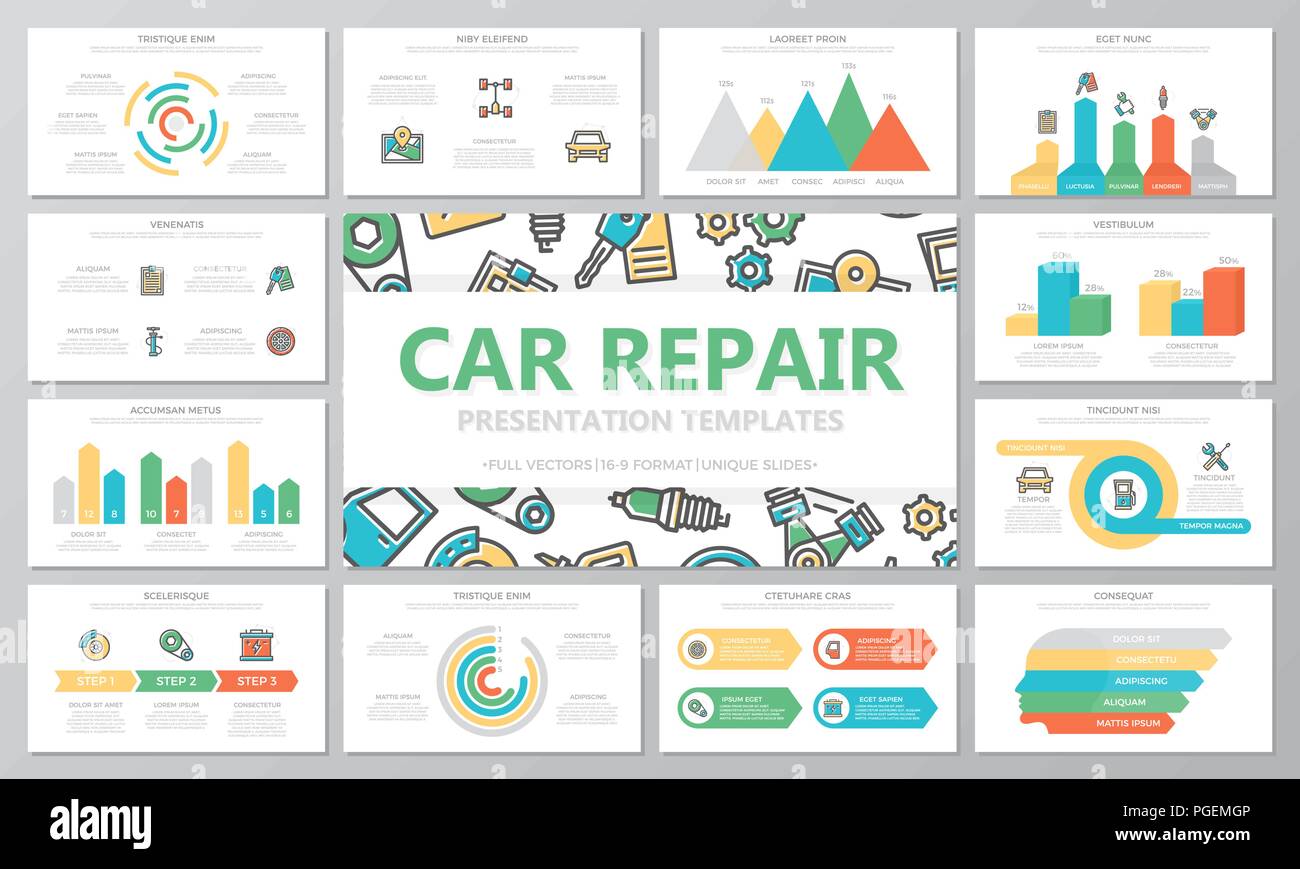Recognizing Your Car'S Caution Lighting: What Do They Really Mean?
Recognizing Your Car'S Caution Lighting: What Do They Really Mean?
Blog Article
Web Content Composed By-Lauritsen Winters
When you're behind the wheel, those radiant warning lights on your dashboard can be a little bit perplexing. Do you know what they're trying to inform you about your automobile's health? Comprehending the value of these lights is vital for your security and the long life of your lorry. So, the next time among those lights pops up, would not you intend to analyze its message accurately and take the required actions to resolve it?
Common Warning Lights and Interpretations
Recognize common warning lights in your car and understand their meanings to ensure risk-free driving.
One of the most common warning lights consist of the check engine light, which signifies problems with the engine or emissions system. If https://finntohcv.blogtov.com/10754387/introducing-the-tricks-of-a-luxury-automobile-repair-shop-experience comes on, it's critical to have your car checked immediately.
engine clean warning light suggests low oil stress, requiring immediate attention to prevent engine damages.
auckland car wash blinking battery light might suggest a defective billing system, possibly leaving you stranded otherwise attended to.
The tire stress monitoring system (TPMS) light notifies you to reduced tire stress, influencing automobile security and fuel effectiveness. Ignoring this might result in harmful driving conditions.
The abdominal light indicates an issue with the anti-lock braking system, jeopardizing your ability to quit rapidly in emergency situations.
Last but not least, the coolant temperature cautioning light warns of engine getting too hot, which can result in severe damages otherwise settled swiftly.
Comprehending these usual caution lights will assist you address problems quickly and keep secure driving conditions.
Importance of Prompt Attention
Comprehending the common warning lights in your cars and truck is only the initial step; the importance of quickly addressing these warnings can't be stressed sufficient to guarantee your safety and security when driving.
When a caution light illuminates on your dashboard, it's your vehicle's method of interacting a potential problem that needs attention. Ignoring these cautions can bring about a lot more extreme issues in the future, compromising your safety and possibly costing you extra out of commission.
Trigger interest to cautioning lights can avoid failures and accidents. As an example, a blinking check engine light might suggest a misfire that, if left ignored, could cause damages to the catalytic converter. Addressing this quickly can save you from a pricey repair service.
In a similar way, a brake system advising light may signify reduced brake fluid or worn brake pads, crucial components for your safety when driving.
Do It Yourself Troubleshooting Tips
If you discover a caution light on your dashboard, there are a couple of DIY repairing ideas you can attempt prior to seeking specialist aid.
The very first step is to consult your car's guidebook to comprehend what the specific warning light suggests. Often the problem can be as straightforward as a loose gas cap activating the check engine light. Tightening the gas cap may resolve the problem.
Another typical problem is a reduced battery, which can trigger numerous alerting lights. Inspecting the battery connections for corrosion and guaranteeing they're safe might repair the trouble.
If a warning light persists, you can try resetting it by detaching the vehicle's battery for a couple of minutes and then reconnecting it. Furthermore, examining your lorry's fluid degrees, such as oil, coolant, and brake fluid, can aid fix advising lights associated with these systems.
Verdict
In conclusion, understanding your automobile's warning lights is necessary for maintaining your vehicle running efficiently and securely. By without delay addressing these informs and understanding what they imply, you can prevent costly repair services and potential breakdowns.
Bear in mind to consult your cars and truck's handbook for certain details on each warning light and act accordingly to ensure a hassle-free driving experience.
Keep notified, stay safe on the road!
